The GIGABYTE X170-Extreme ECC Motherboard Review: For When Skylake Xeons need SLI and Thunderbolt 3
by Ian Cutress on October 17, 2016 2:00 PM ESTGIGABYTE X170-Extreme ECC Software
A proportion of this page was posted with our GIGABYTE Z170X-Gaming G1 review due to similarities within the same generation of products. Text has been updated to match the specific features for this review.
I mentioned in the overview that GIGABYTE’s software stack has improved for the Z170 generation of motherboards, and that was no joke. Previously we had the high-contrast operations of APP Center and the small applications therein which might have strained the eyes of users as well as not making it easy to see what options were where. This changes for the Z170 platform, with a much smoother aesthetic and the options are split out into enough mini-applications that can be called on individually to increase loading time. This also enables GIGABYTE to update each mini-app independently of each other, giving smaller download updates, but it can also split up some of the apps to only appear on certain models of motherboard (such as the 3D OSD on the Gaming line).
For the X170 series, without overclocking, there are only a few applications that GIGABYTE can apply under its own banner. This motherboard has a few more controllers by other vendors however, such as the Killer E2400 NIC and the Creative Sound Core3D audio chip, which both have their respective software to consider.
GIGABYTE’s APP CENTER
We could call it the APP CENTER, because all caps are clearly needed or at least that’s what the title says, but here is GIGABYTE’s new interface for their more integrated options.
As a visual display, barring the poor attempt to implement shadows by flat pictures on the icons, this is a lot easier to digest than the previous implementation. Apps are also moved apart, splitting several options into different menus and making it easier to find what you want. The base preferences for the App Center menu offer color changes and an update schedule, which worked well during our testing.
If we go straight into the updates, it offers what software is currently due for update along with a description and the size of the download. For software that is not currently installed in the system but is offered as part of the package (such as Norton Antivirus or Chrome), these are siphoned off into the ‘not installed’ menu, which is a good thing. A very good thing indeed.
@BIOS is a stable of GIGABYTE’s software package, allowing updates either from a download or detecting what is new on their servers. Some vendors wrap this feature in with the App Center updates, which would perhaps be an idea for GIGABYTE to do so (or have two places where BIOS updates can be applied, in the App Center Updates and @BIOS).
With the LED header on the motherboard, GIGABYTE has enabled a 7-color system that can offer different modes that can be controlled through the Ambient LED App. The Still Mode keeps a constant color, whereas the Pulse Mode will bring the light on and off in a slow interval. The Beat Mode keeps tabs on the audio output and adjusts the intensity of the light accordingly. On top of all of these, the multi-color option can also cycle through the LED colors with an interval. Also, the LEDs can be turned off, as they may only appeal to a certain section of users.
Possible update suggestions for GIGABYTE to consider include the choice for a limited/custom set of colors, or to control the different LED colors independently around the motherboard. I would also offer the ability for custom time intervals (0.3 seconds on green, 2.2 seconds on red), or linking certain keys on the keyboard to different colors. That way for example, when playing a MOBA, MMO or FPS, when you activate a skill or select a weapon, the color of the system changes with that skill/weapon. If it could be hooked to change color or run a script of color with certain game events, then all the better. Time to get stabby on a knife round methinks, and make the system is red.
The System Information Viewer gives a breakdown of what is inside the system (we’re still waiting for a system browser, similar to MSI/ASRock), but also contains all the fan options as well.
Through this we can test each fan for its fan RPM speed as a function of workload (that’s the PWM % value from the BIOS), and then configure a multiple point gradient for each of the fans. This is a great step up from what the BIOS offers, missing only one other feature worth suggesting to GIGABYTE - hysteresis. This means that if the system is running warm and slowly cools down, the fans stay running at a high workload to help cool the system down quicker until a threshold is met. So basically this means that as the system heats up it goes up the first gradient, and as the system cools down it goes down a different gradient.
Through this app we can also set the system alerts such that if one of the settings fluctuates beyond a safe range (e.g. temperature of the processor goes above 80) then a notification will appear. This software can also record the values of these sensors over time for a log file.
Rivet Networks E2400 Killer Software
The Killer Software is in a period of transition with the latest announcement of the E2500 NIC which is making its way onto various motherboards. The design on the GBT board, the old design, is a mélange of absurdity and confusion, whereas the new software is actually quite good. However, the new software can’t be back ported. So good luck trying to do anything with this.
The aim was to make it look like Windows 8, however as that design ID failed, so did this. This isn’t GIGABYTE’s fault, and as mentioned, Rivet Networks has improved it for future generations of product. But the idea here is to have software prioritized in network traffic at the hardware level, taking less CPU time but also allowing for quicker return packet acceptance and sending over other solutions. We’re working on a good way to test and represent this in a way that users might notice a difference, so stay tuned.
Creative Sound Blaster Audio
I was once told that working with anyone other than Realtek for PC audio can be a struggle, because where Realtek can turn around a fixed driver in under six weeks, it takes everyone else around six months. Nonetheless, Creative has been a fixture in PC audio for years, and their solutions still sell as add-in cards or onboard solutions for high-end motherboards.
All this comes through the SBX Pro Studio software, which is meant to interface with the audio IC via drivers for specialized hardware based tools. Some of it is EQ configuration, but Creative also promotes clearer voice recording via filters, audio filtering for snipers in games, and audio mixing.










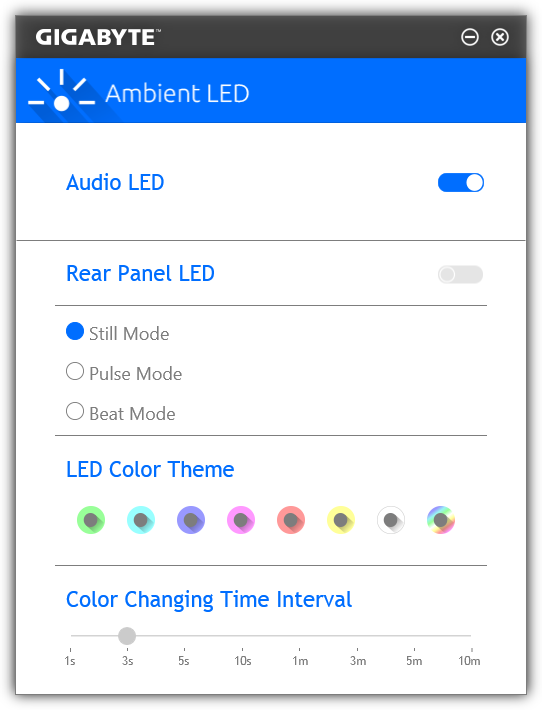
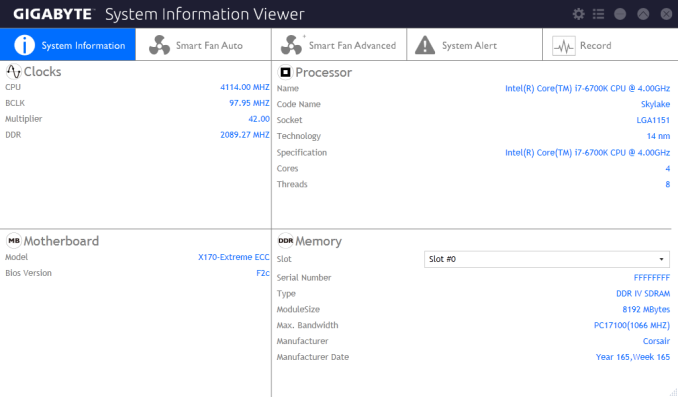

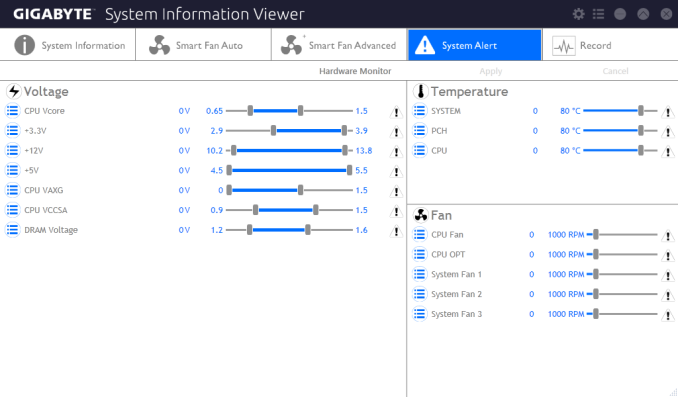
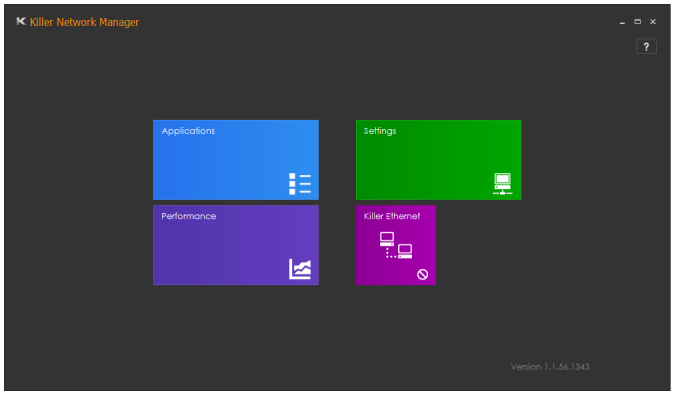
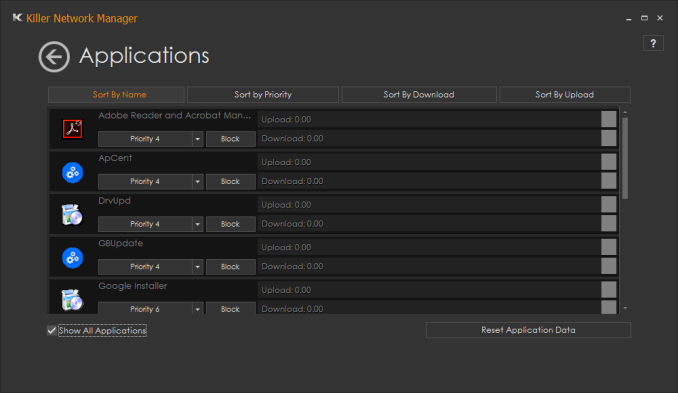

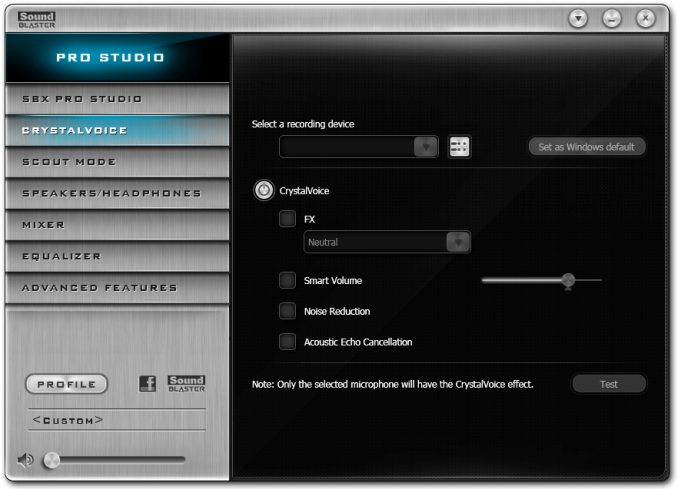








31 Comments
View All Comments
Ej24 - Monday, October 17, 2016 - link
This is LGA1151Ej24 - Monday, October 17, 2016 - link
Typically Xeons are cheaper than their i7 relatives at the same specs. But when the motherboard costs double you effectively negate any savings on the CPU, and don't gain much over the i7's in terms of chipset features. I miss the Haswell days when you could slap an lga1150 Xeon in a Z87/97 for less than an i7 and get all the consumer goodies too.Also, can someone explain why SATA Express is given PCH lanes but the regular SATA3 ports are on a ASMEDIA controller?!?! Why is SATA Express included at all anymore??? Wasn't it DOA? Has anyone ever brought a SATA Express drive to market? Has anyone ever used one? Why not free up those PCIe lanes for something useful like more PCIe expansion slots, or support for more simultaneous M.2 NVME drives?
Dahak - Monday, October 17, 2016 - link
The sata express slots works as either Sata Express (taking up 2 Sata ports per 1 Sata Express connection) or as 6 sata ports. In addition to the 2 from the asmedia controllercbm80 - Monday, October 17, 2016 - link
Either they are targeting a niche demo (professional 10-year olds?) or else Gigabyte's marketing is sending a mixed message.Jacerie - Tuesday, October 18, 2016 - link
"For the money, GIGABYTE offers plausibly the consumer board with the highest specifications cable of supporting E3-1200 v5 Xeons..."Shouldn't that read... highest specifications capapble?
Gigaplex - Tuesday, October 18, 2016 - link
Not unless you want to include typos.sor - Sunday, October 23, 2016 - link
Kind of lame that the article says ECC about 100 times, it's a major selling point of the platform, and I can't seem to find anywhere in the article where they actually benchmark with ECC memory. This is sort of like the time when they reviewed the quad SLI motherboard without actually trying quad SLI on it, although there was a much bigger uproar.Zan Lynx - Saturday, October 29, 2016 - link
The last time I ran some casual tests, ECC RAM of the same speed rating produced the same GB/s as non-ECC. Within the margin of error. The issue might be that you can't really find ECC RAM rated for higher speeds with XMP profiles.sor - Monday, October 31, 2016 - link
Yeah, that's part of the point. It would highlight that you're probably going to get a bit lower performance from this board if you're caring about its primary feature enough to equip the namesake RAM. Instead they stuck to components that make it swappable with a much cheaper board.imisdjsd - Tuesday, November 8, 2016 - link
This sudoddit is one of the main centers of speculation and theorization on Game of Thrones and Song of Ice and Fire, from here came several reputed leaks.) Another Reddit user, who claims to have a close relationship with one of the " / Actresses of the show "<a href="http://gamecheatsforfree.org/slither-io-hack/"... slither.io</a>